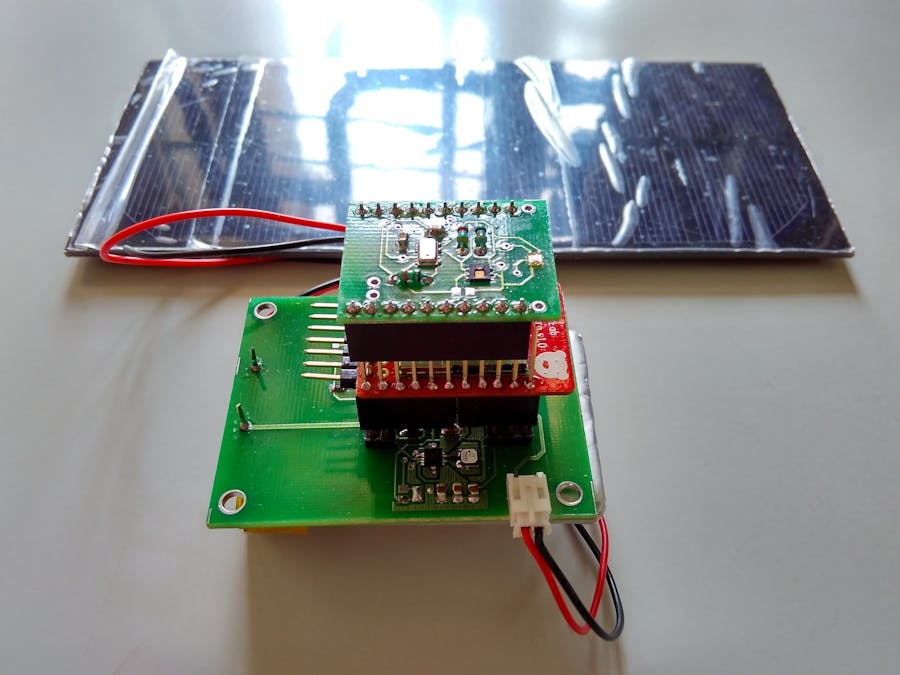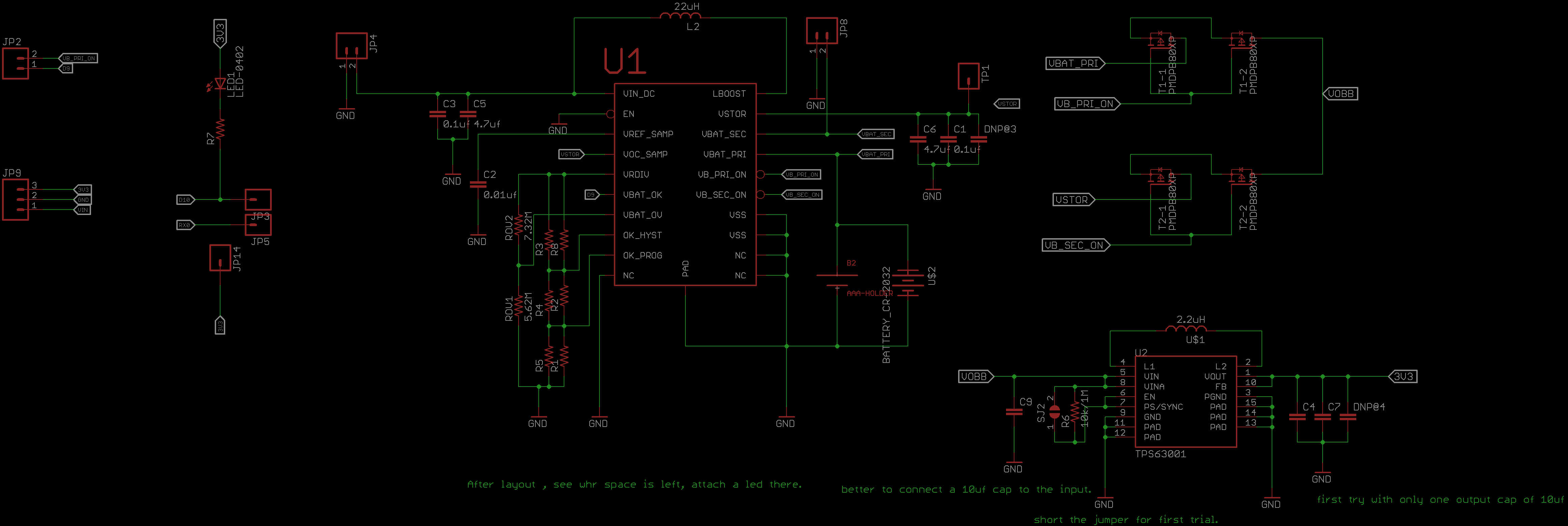A little while ago i got really interested in ultralow power applications and Energy Harvesting. After researching for a while i chose to do some projects that exploit energy harvesting. For my parts selection i decided to go with TI’s BQ25505 and BQ25570. I designed shields for my WiFi Micro (it uses TI's CC3200 SoC) keeping in mind that my input energy is Solar.
BQ25505 and BQ25570 are specifically designed to efficiently extract the microwatts to milliwatts of power generated from a variety of DC energy harvesting, high-impedance sources like photo-voltaic (solar) or thermal electric generators (TEGs) without collapsing those sources.
For the sensing part i decided to go with ultralow power Digital Sensors (all of them are I2C interface) so that the overall power consumed by the microcontroller and the sensor hub is reduced by a significant amount. The sensors are as follows -
HDC1080 - Texas Instruments - Humidity and Temperature Sensor
OPT3001 - Texas Instruments - Ambient Light Sensor
MPL3115A2 - Freescale - Atmospheric Pressure and Temperature Sensor
I designed the energy harvesting shields for CC3200 using Eagle and got it manufactured and after that soldered everything. After that I tested it thoroughly under various scenarios and i am glad to say that it performed perfectly under all situations.
I have taken extensive oscilloscope measurement screen shots to show that it works as it should under various scenarios. I will upload them on my Github page after properly classifying them.











Comments